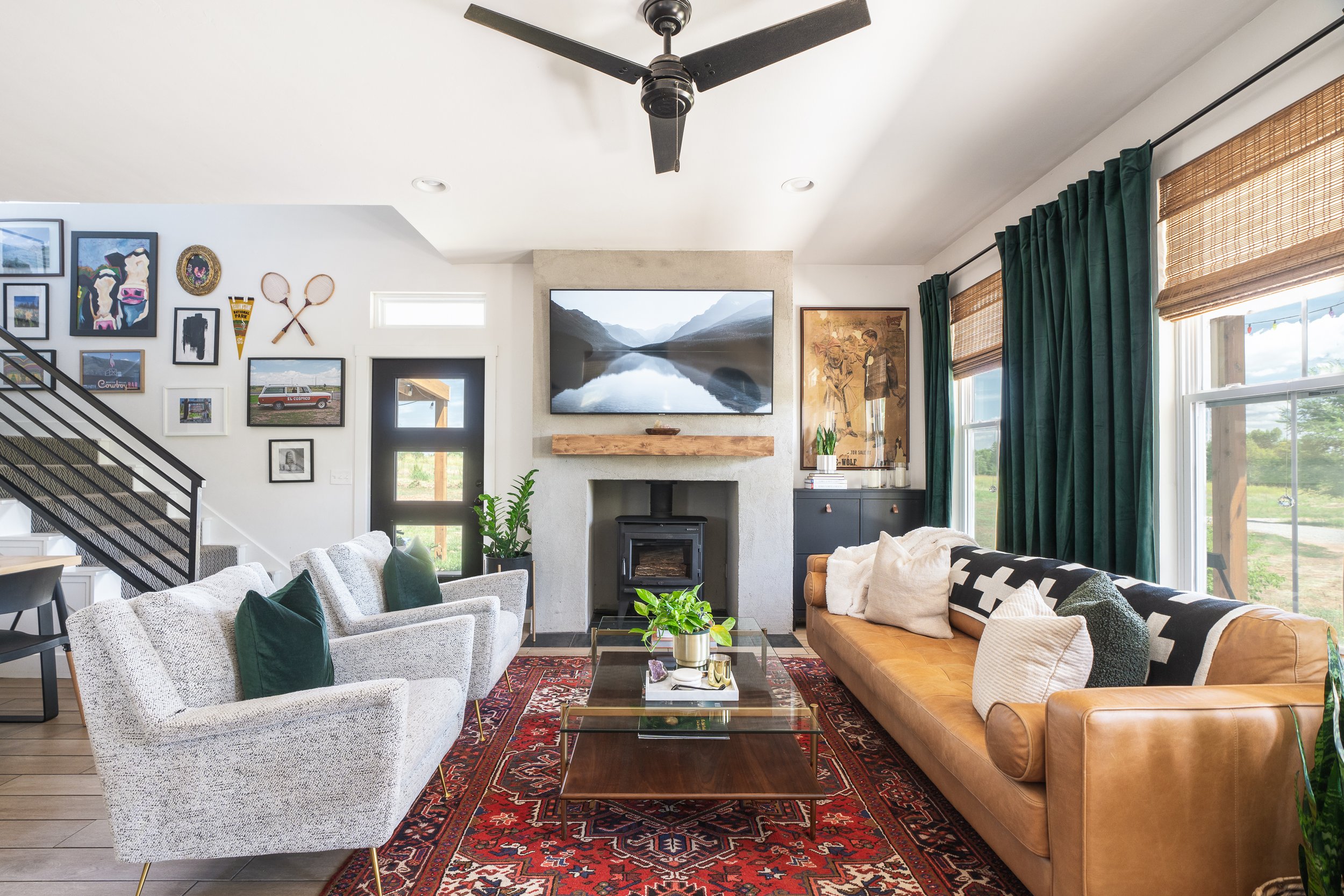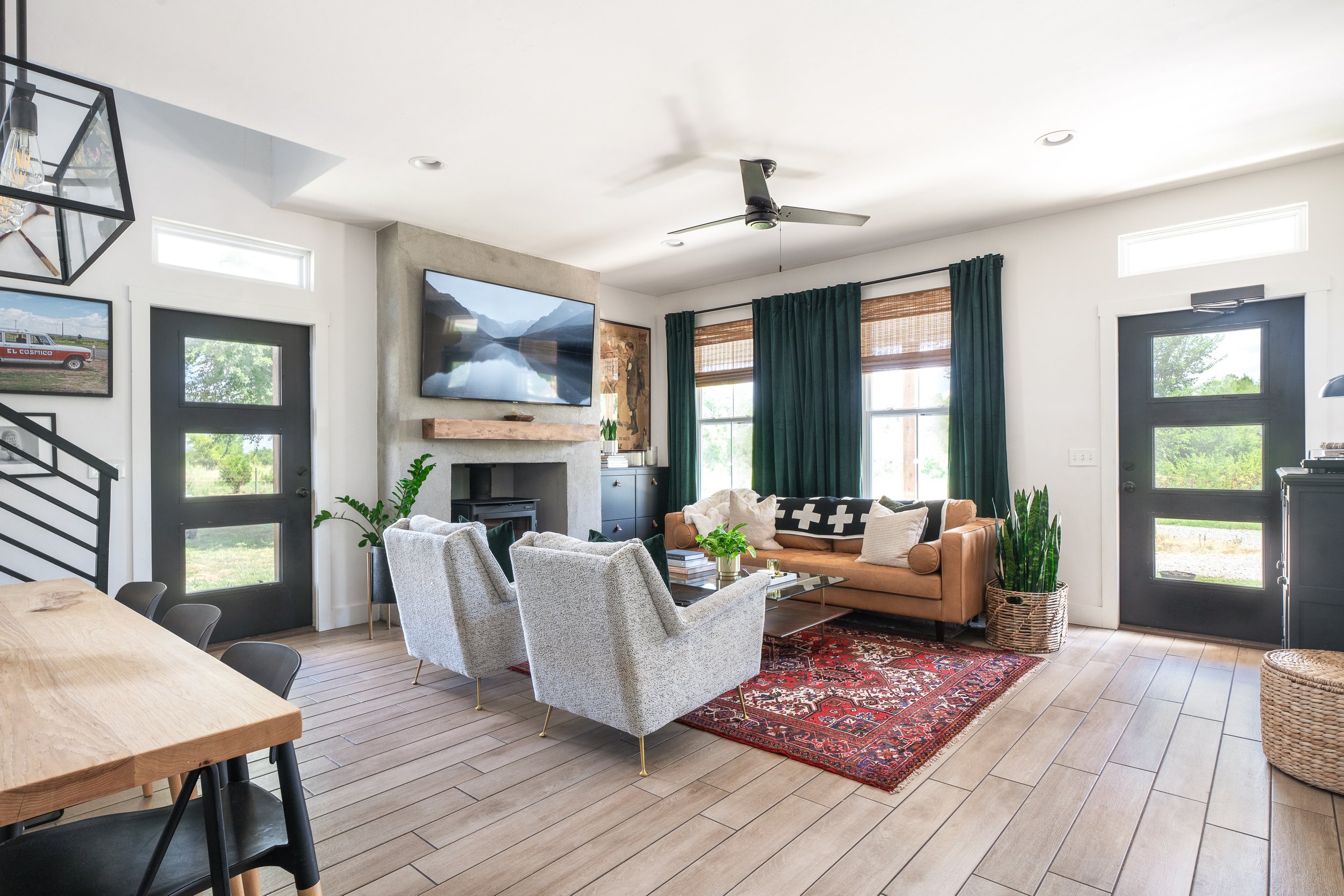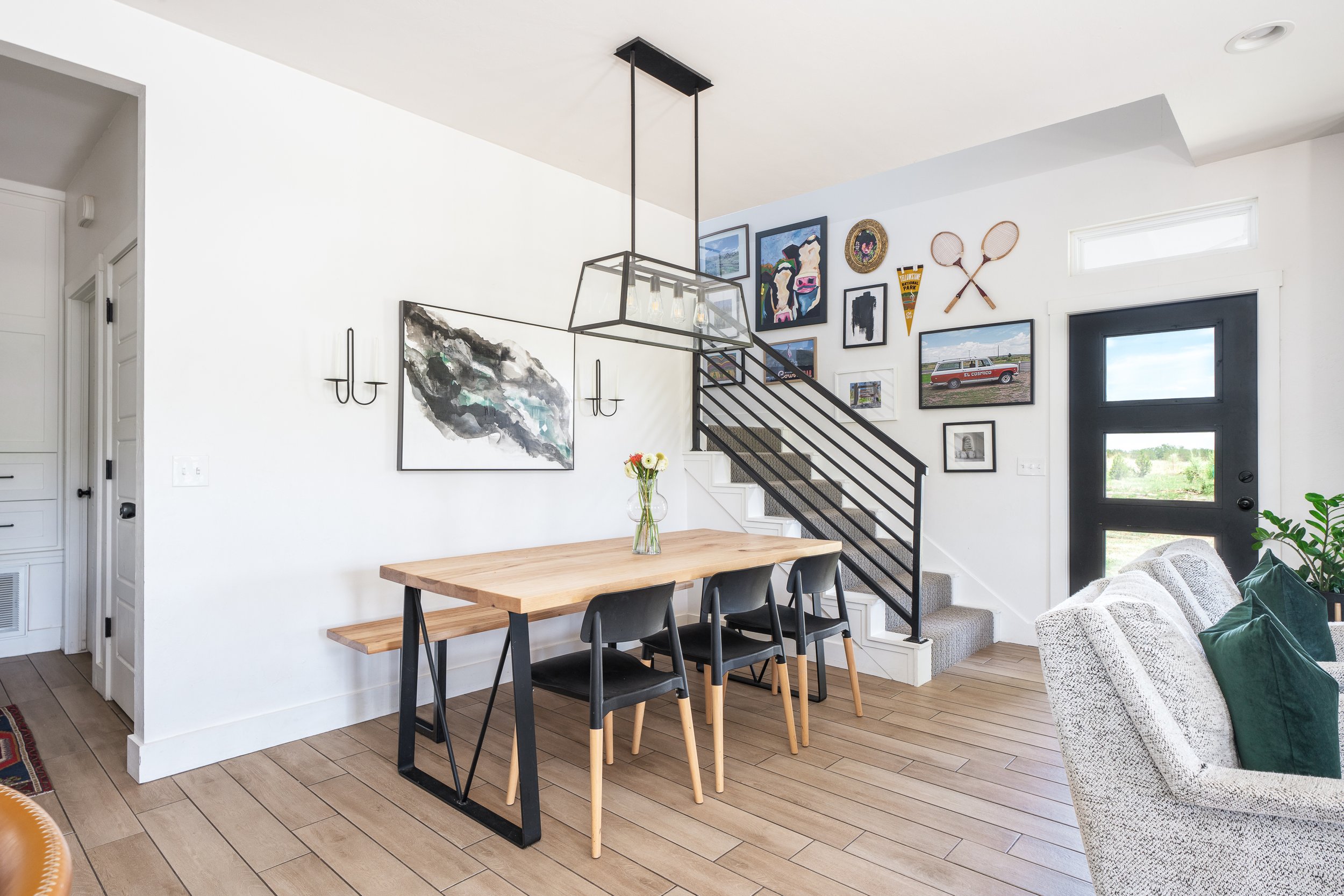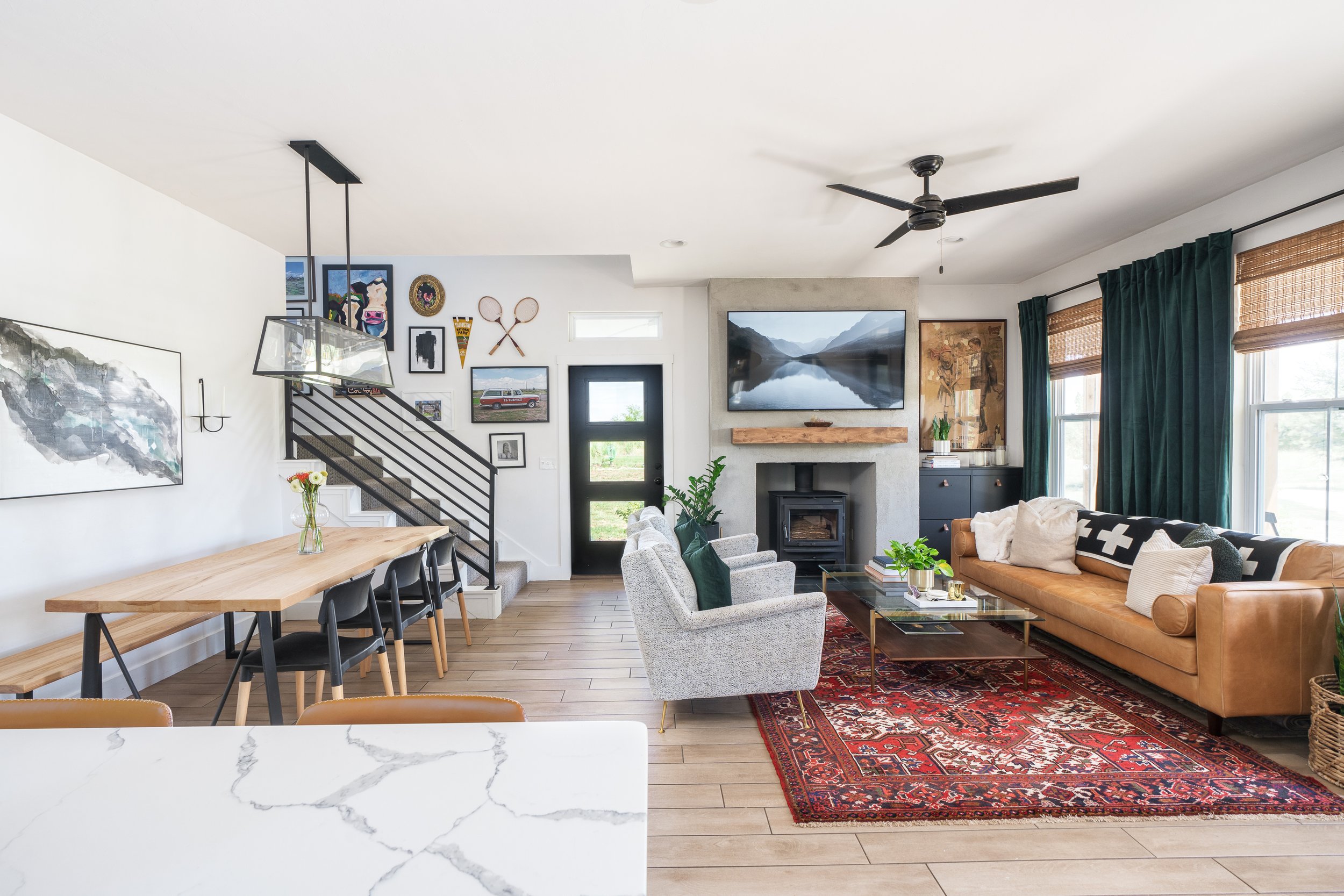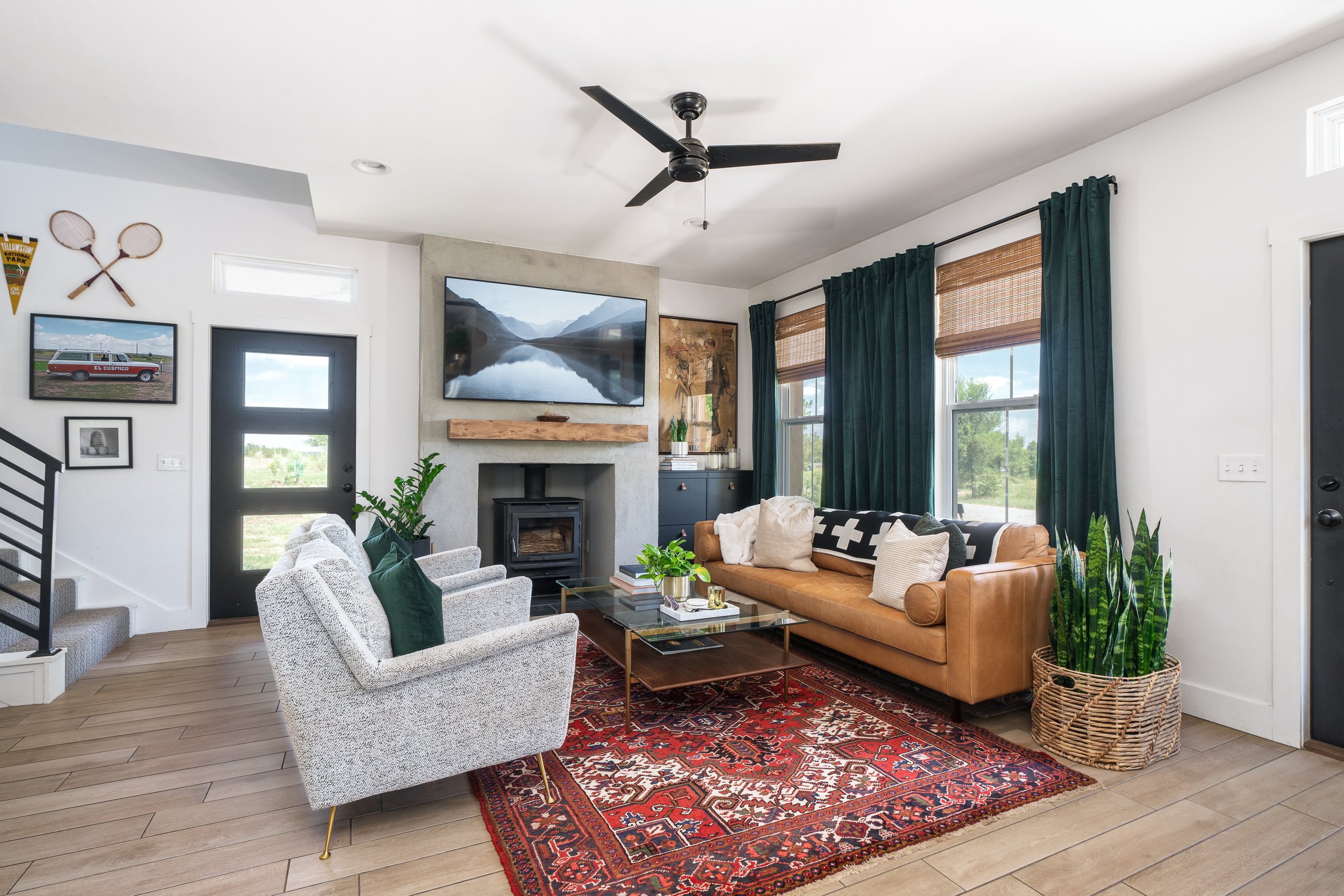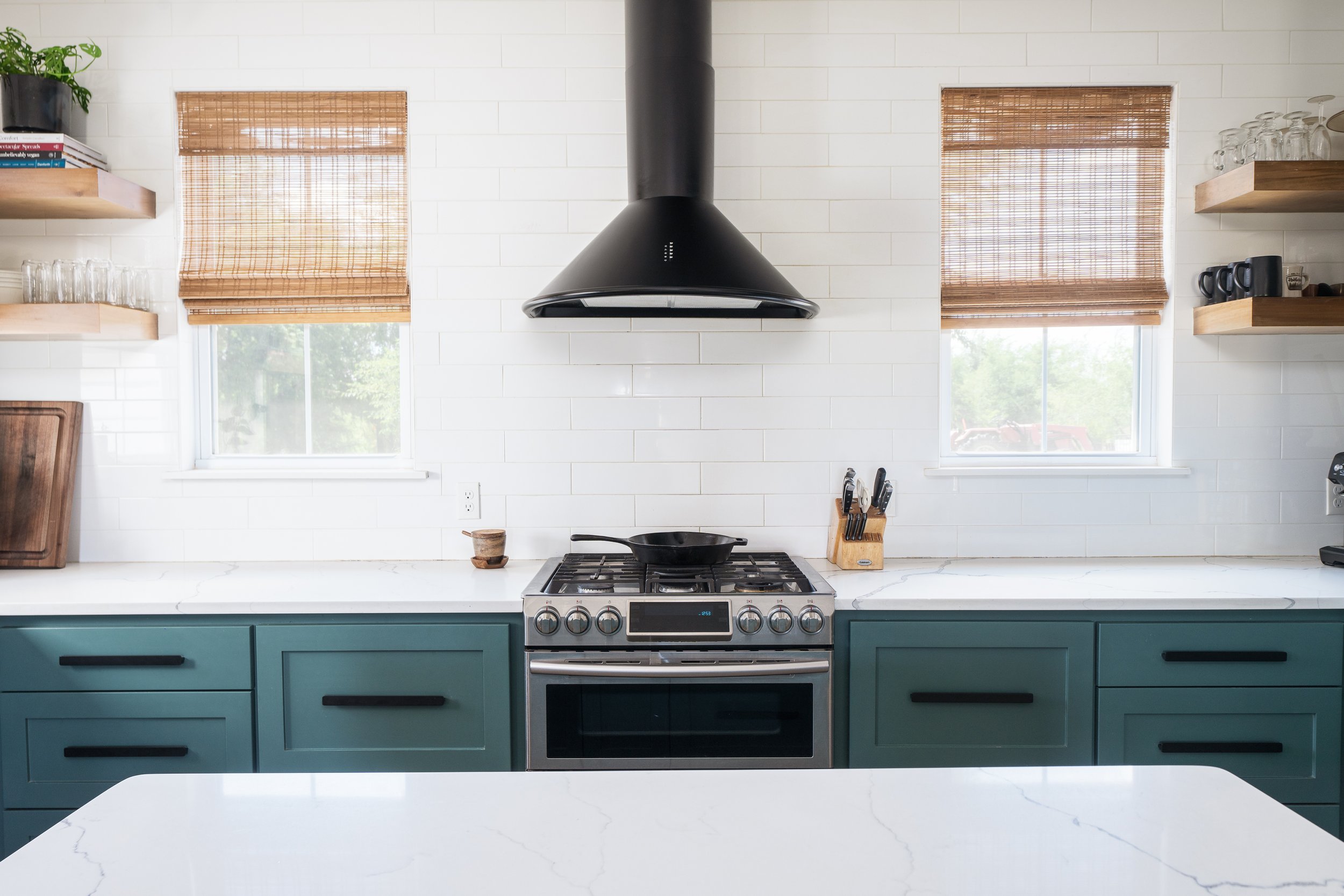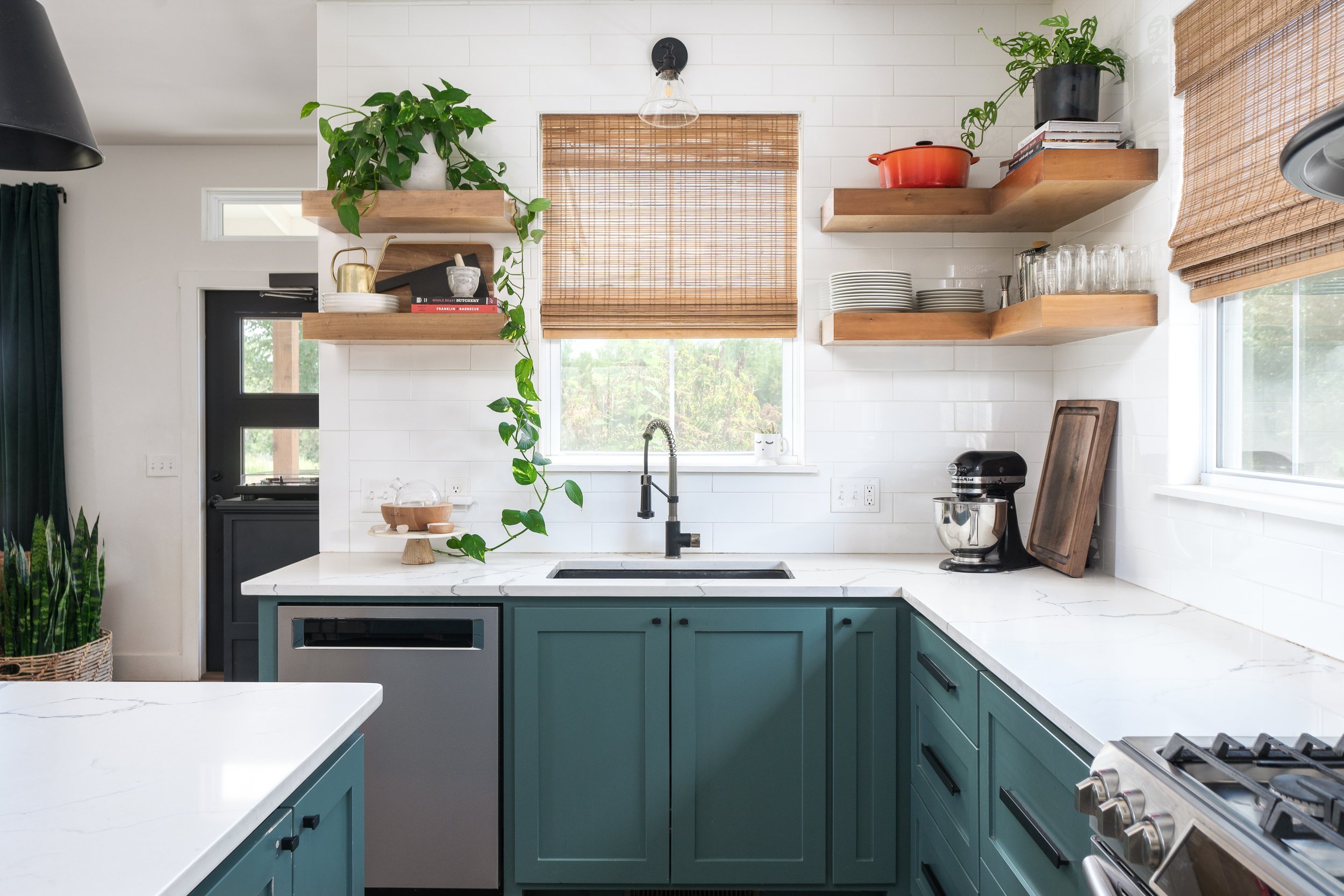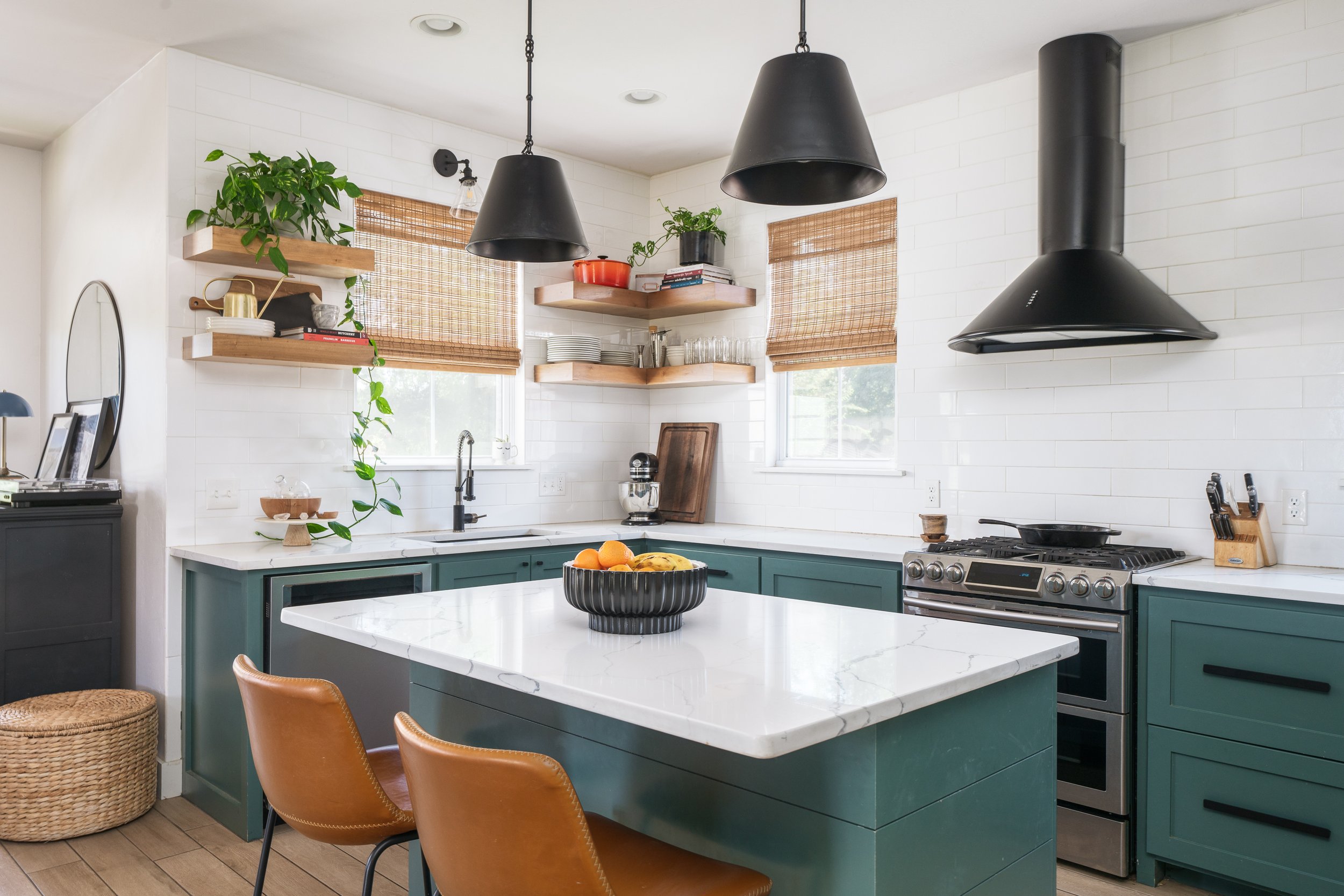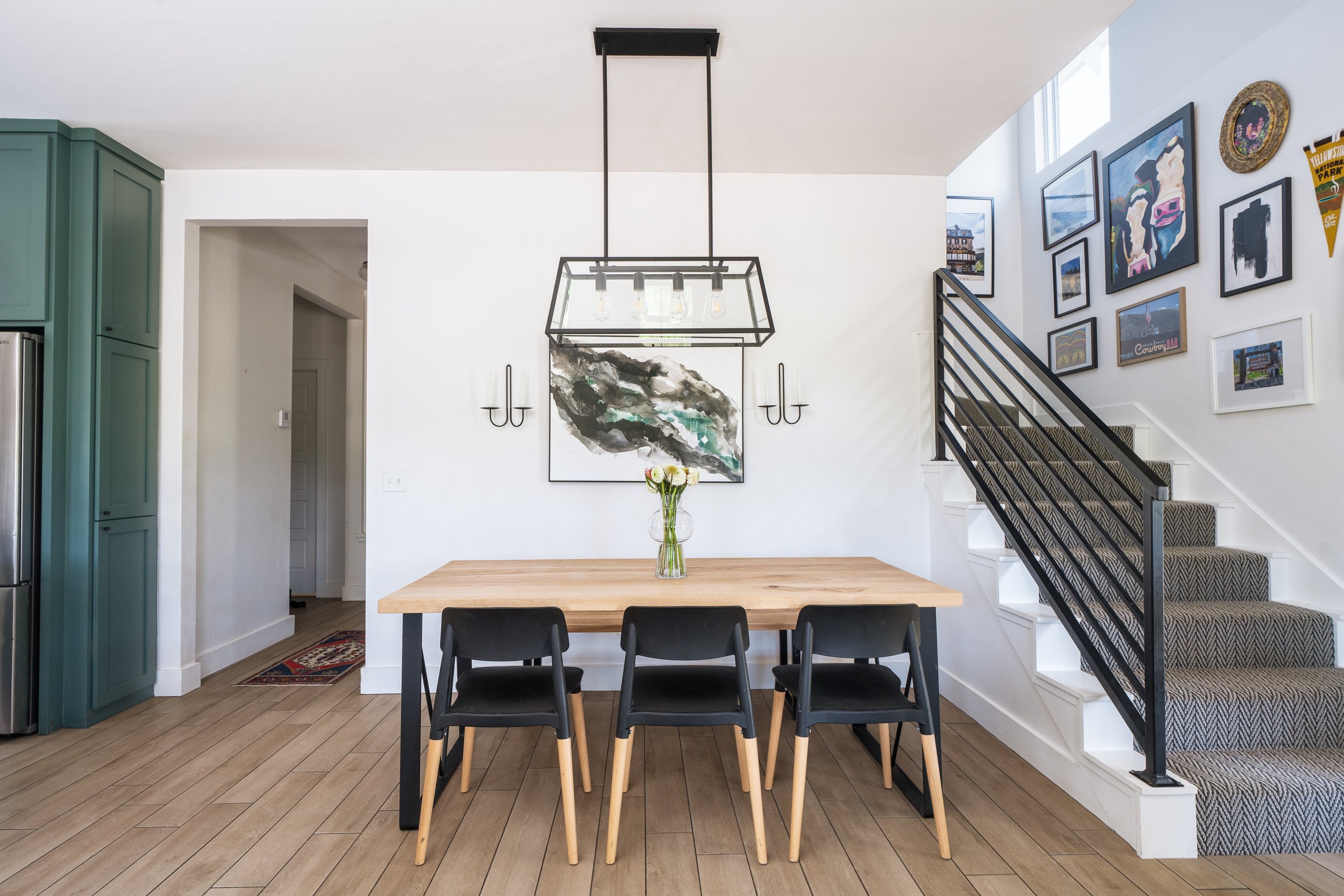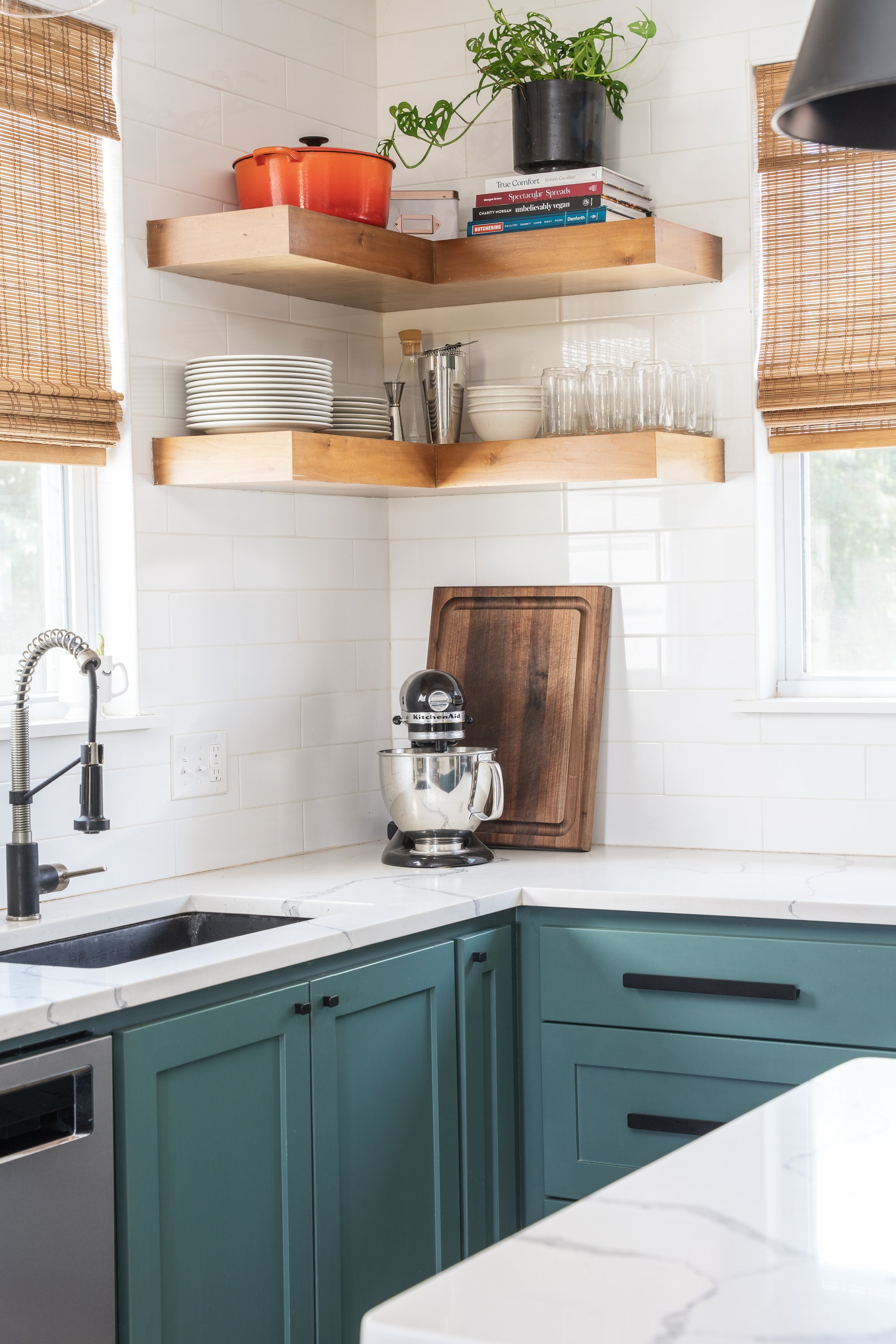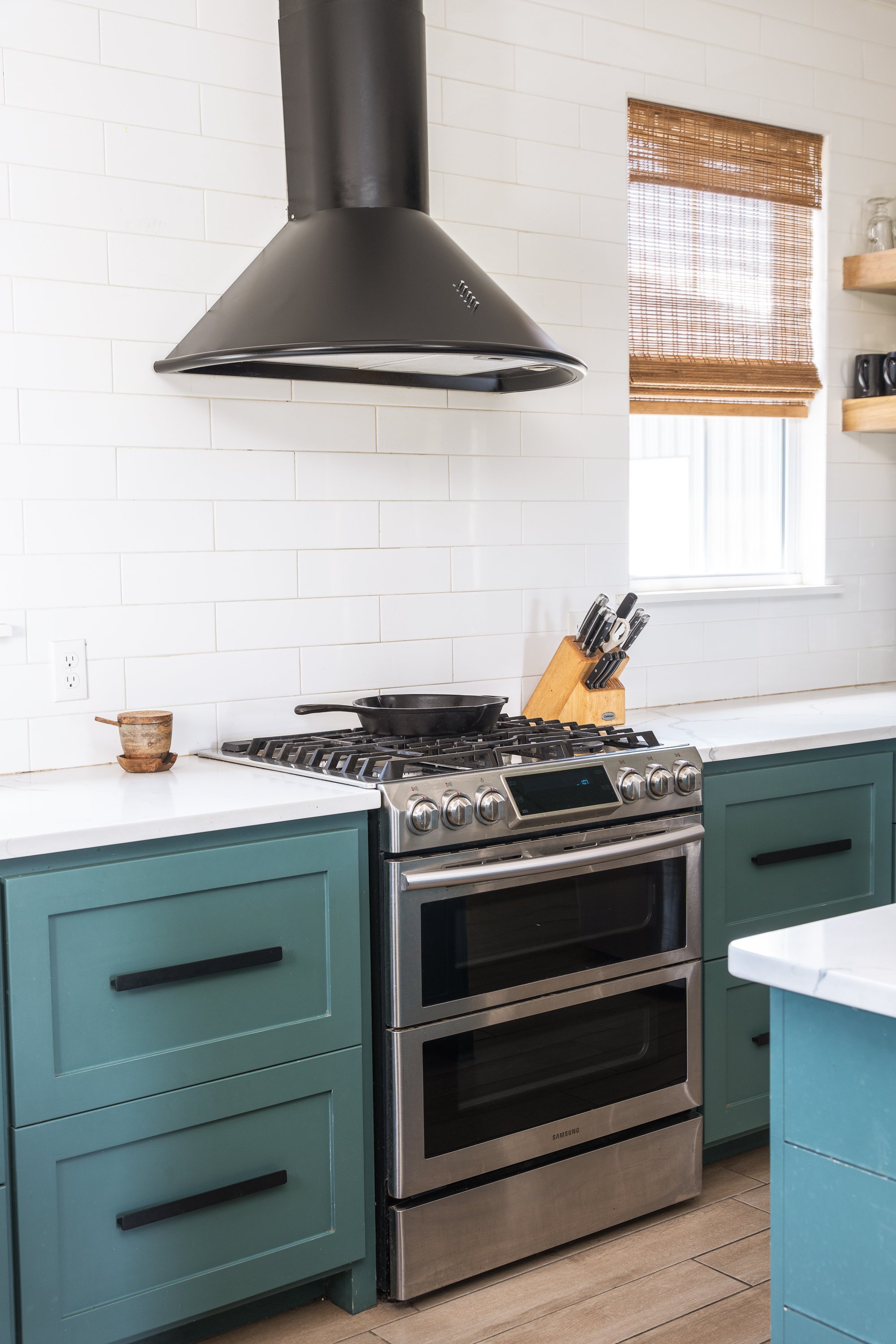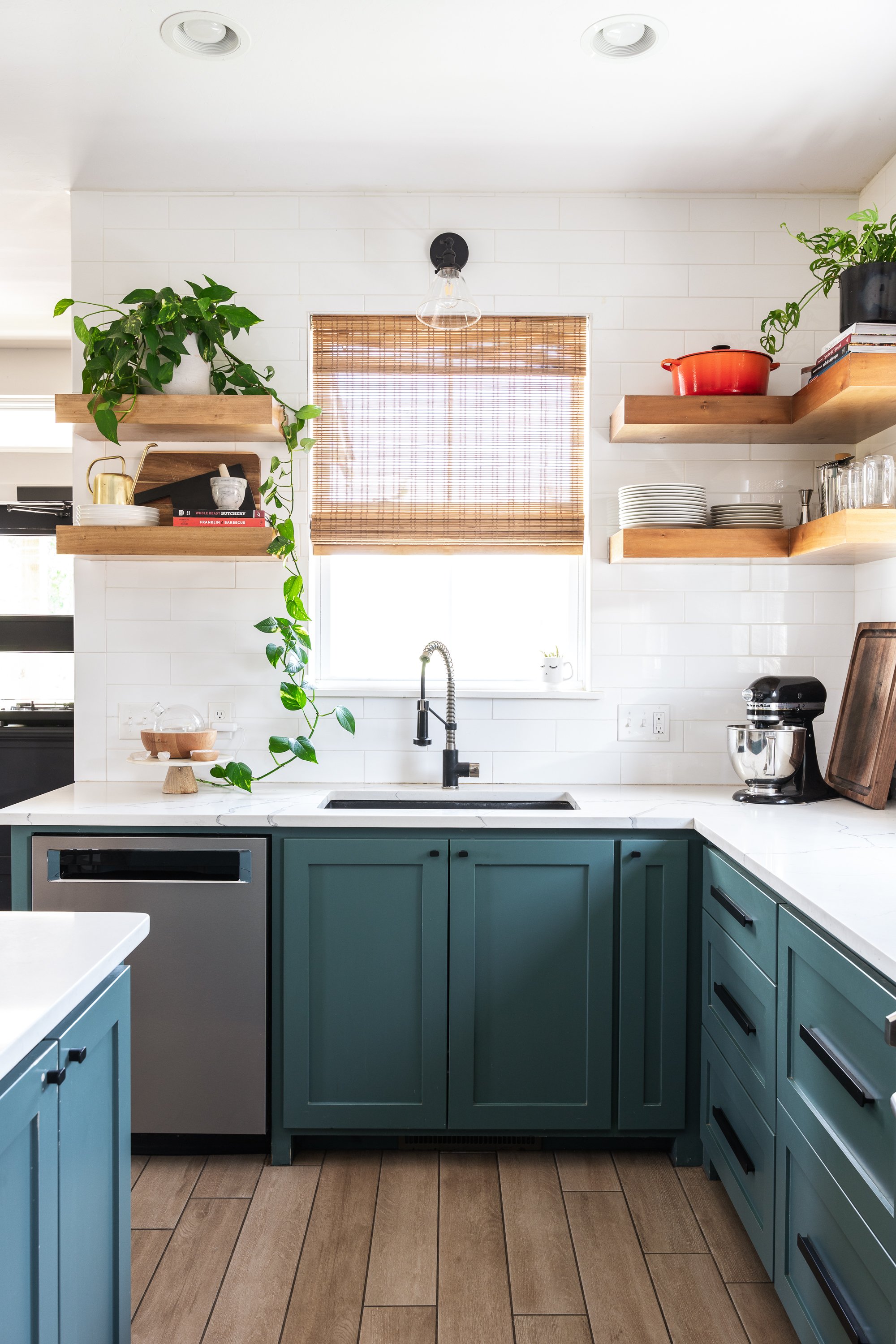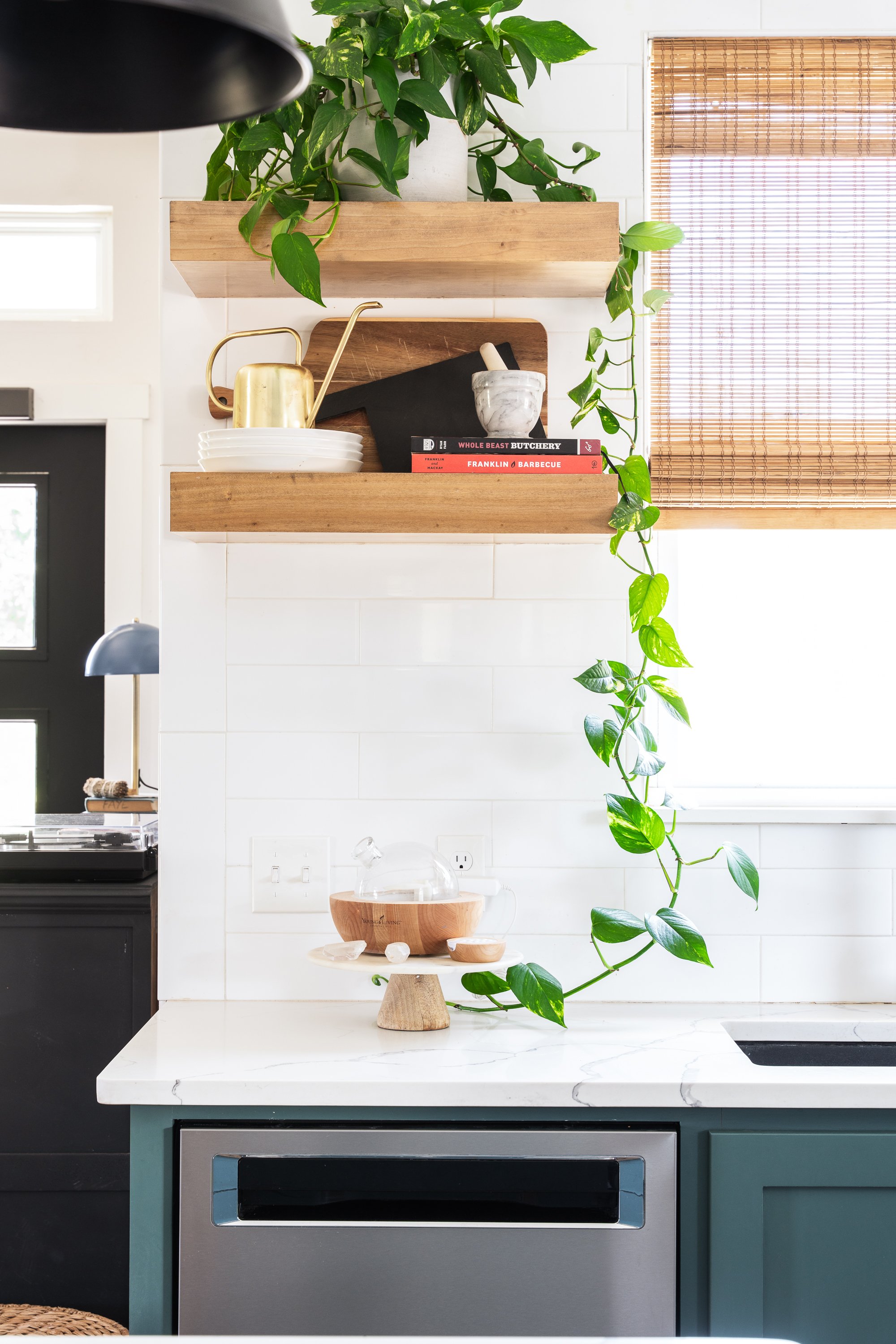Low delinquency rates and healthy household net worth point to faster recovery: Stratmor
Many lenders are not getting a sense of déjà vu with the current mortgage industry downturn, according to mortgage advisory firm Stratmor Group.
“This one feels different,” a recent Stratmor report states, citing executives in the mortgage industry.
This time around, the fast mortgage rate increase, the large origination volume decrease and margin compression could cause an “unprecedented amount of excess capacity, and many lenders will need to sell or simply won’t survive,” Jim Cameron, Stratmor’s senior partner of Stratmor, said.
Of the top five monthly mortgage rate increases to occur since 1984, three took place during the first 10 months of 2022 — one in September (89 bps), April (81 bps) and October (79 bps).
Meanwhile, forecast volume for 2022 is expected to drop by $2.18 trillion — the largest dollar volume drop in history. At 49%, this year’s forecasted decline would be the largest percentage decline in year over year volume since 1990, according to the Mortgage Bankers Association.
In addition, more lenders are chasing fewer loans, and the speed and severity of this downturn has created revenue and margin compression on “steroids,” the report states. With 35-plus years of mortgage rates on a declining trend, rates bottomed out in 2020, limiting “the possibility of a major refinance boom bailing out the industry.”
While 2021 was a record year for production volume at $4.4 trillion, the largest decrease in revenue occurred in 2021 in both retail, which dropped 68.8 bps, and wholesale, which declined 137 bps, followed by the first half of 2022, according to the MBA and Stratmor Peer Group Roundtables (PGR) program.
That’s not to say there is no hope. Demographics, low delinquencies and healthier-than-normal household net worth are some of the factors that Stratmor believes will lead the downturn to be shorter than usual.
A large cohort of 28- to 38-year-olds in prime homebuying age will drive purchase business in the next three to five years, Cameron said, and historically low delinquency rates will mean more borrowers will be eligible for new purchase or refinance loans.
Household net worth has also been on a rising trend since 2009. In addition, household financial obligation ratio, which is at 14.27, and debt service ratio, which is at 9.58, are much lower than historical averages, and are lower than when the U.S. economy entered the Great Recession of 2007 and 2008.
“This is good news for lenders — as we emerge from this mortgage market downturn, borrowers and prospective borrowers will be in a better position to qualify for mortgages and to make their payments once they close their loans. While the recession risk looms large, at least households are in much better shape with respect to net worth, delinquencies and the ability to meet financial obligations,” the report notes.
Non-bank lenders, particularly independent mortgage bankers (IMBs), are more likely to react quickly to shed staff during a downturn as compared with banks, the report adds.
Warehouse lenders require non-banks to maintain compliance with profitability, capital and liquidity covenants. Non-banks also typically don’t have lines of business other than loan servicing to subsidize mortgage, which means that cutting costs and shedding capacity is a matter of survival — especially for those without a servicing portfolio.
Since non-banks accounted for 63% of the entire market in 2021, up from 24% in 2010, and are “more likely to consolidate, this would argue for a shorter duration downturn,” the report states.
“This may be the most painful downturn in mortgage banking history in terms of the severity of the downturn and the speed with which it occurred,” Cameron said.
But some bright spots in demographics, low delinquencies and healthier than normal household net worth “may help hasten us toward the day when we can return to “normal” with revenue rationalizing, capacity adjusted and a return to profits that are reasonable based on the risks of the business,” Cameron said.
Related Links
If there is a home that you would like more information about, if you are considering selling a property, or if you have questions about the housing market in your neighborhood, please reach out. We’re here to help.







